Your shopping cart is empty!
Raspberry Pi 5 Single Board Computer
- Brands Raspberry Pi Code: V-RASPBERRY-PI-5
Note: Only 8GB and 4GB variants will be available during the announcement. The 2GB and 1GB variants MAY be released end of 2024.
Note: Please click "NOTIFY ME" and enter your email address to get an email notification once there is ready stock.
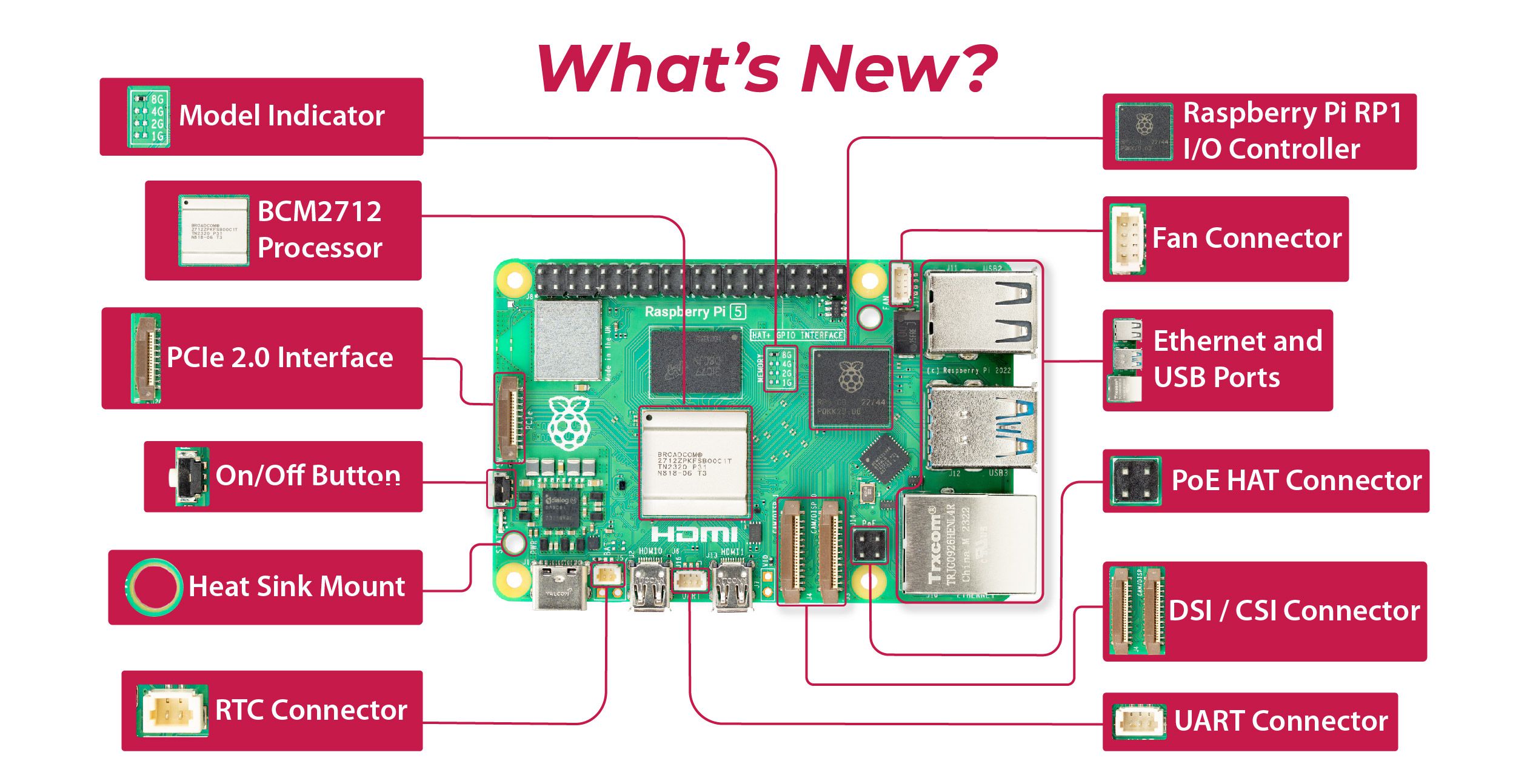
What is a Raspberry Pi?
Raspberry Pi is a single-board computer developed by the Raspberry Pi Foundation in the UK to promote the teaching of basic computer science in schools and developing countries. Raspberry Pi has become a very reliable microcomputer even outside of the education field. Science and engineering, IT, and even industries have been using Raspberry Pi in their system, in conjunction with IR4.0.
Raspberry Pi boards act like almost your typical standard PC but in a more compact form factor! It has CPU, GPU, RAM, HDMI and USB Ports, wireless and wired connectivity, Camera interfaces, and a microSD slot. Plus. Besides, it also has General Purpose Input/Output (GPIO) Pins that you can use to connect with other components, turning your cute single-board computer into the brain of your prototype, systems, or even robots!
With the new Raspberry Pi 5, there is a lot of improvement compared to its previous siblings. This opens up more possibilities for what you can do with your Raspberry Pi board. Here is the comparison table between Raspberry Pi 5 vs Raspberry Pi 4 Model B.
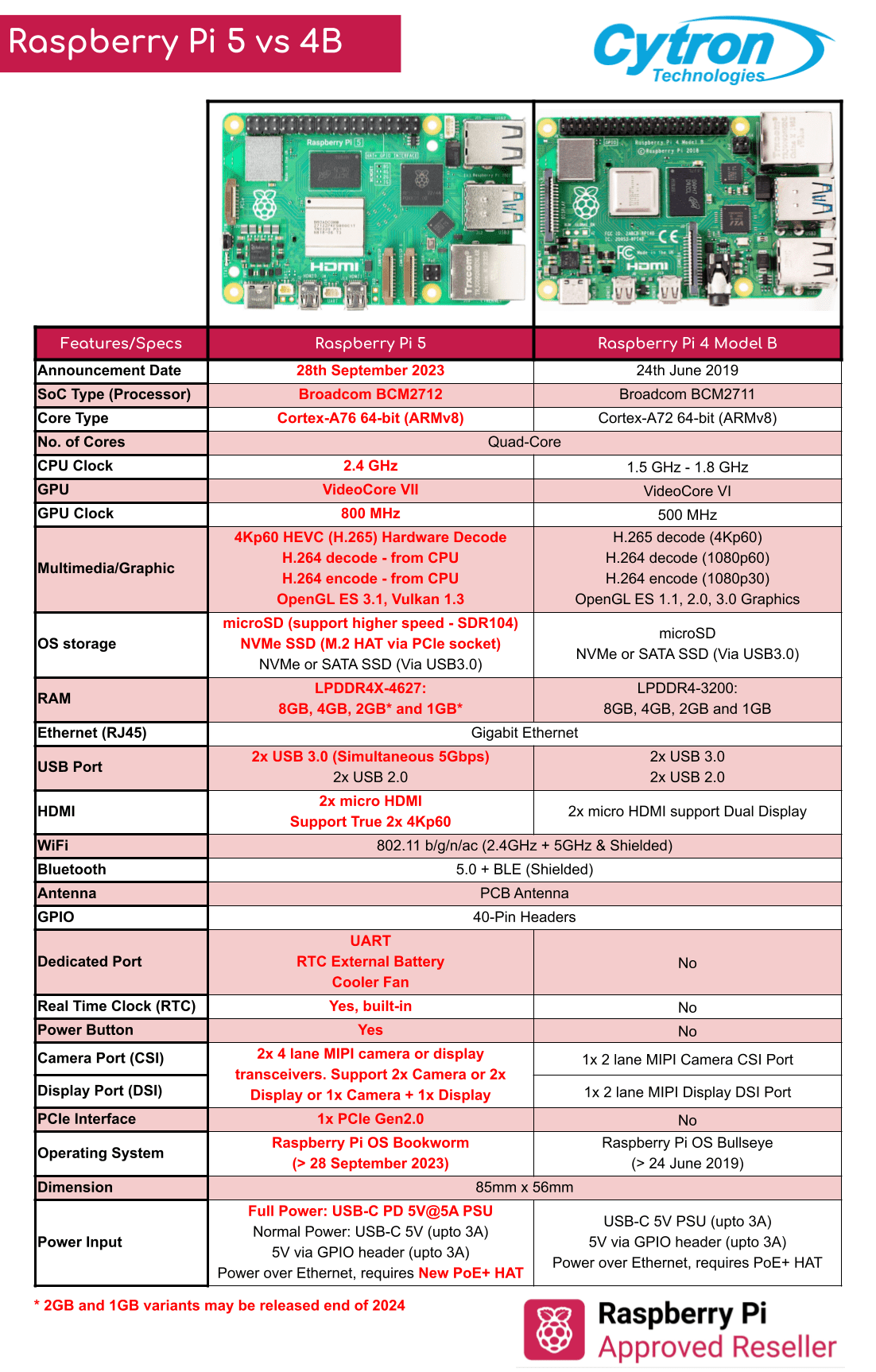
Raspberry Pi 5 Highlights
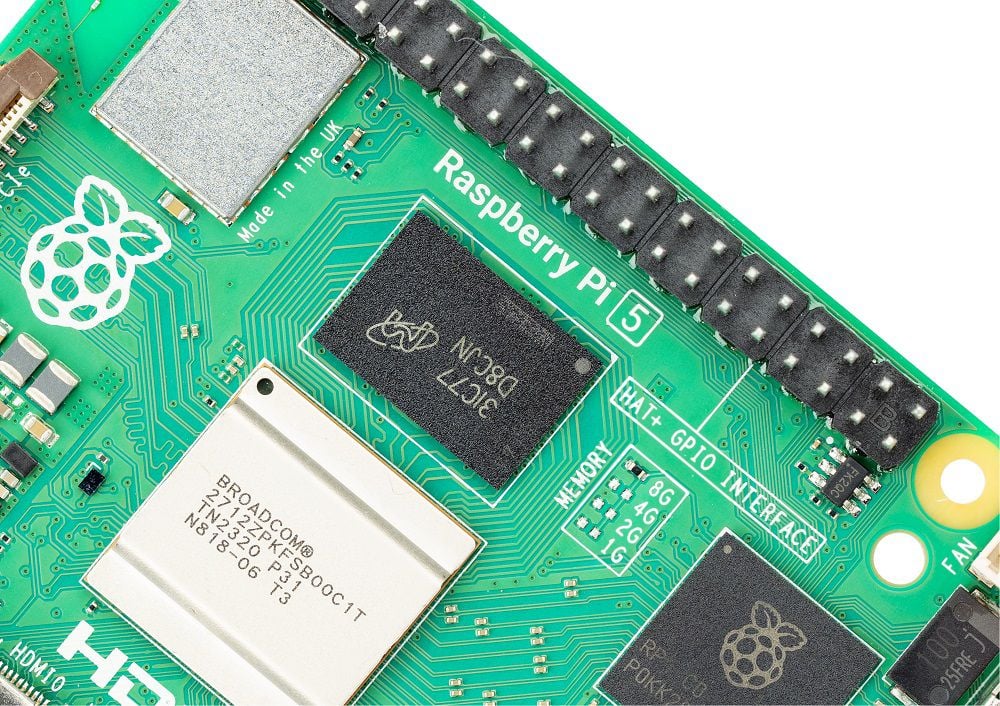
Equipped with ARM Cortex-A76 CPU clocked at 2.4GHz, and VideoCore VII GPU clocked at 800MHz. These increase the performance up to 2 to 3 times faster than Raspberry Pi 4 Model B! Raspberry Pi 5 could be a better option for your project that requires high-speed processing power like AI (Artificial Intelligence) programs, or intensive graphical rendering. Raspberry Pi 5 is designed to accommodate 8GB, 4GB, 2GB, or 1GB of LPDDR4X-4267 RAM options (However, only 8GB and 4GB RAM options are available during launch). It even has the RAM size indicator on the board, so you don’t have to think anymore about how much RAM your Raspberry Pi has!
Note: Only 8GB and 4GB variants will be available during the announcement. The 2GB and 1GB variants MAY be released end of 2024.
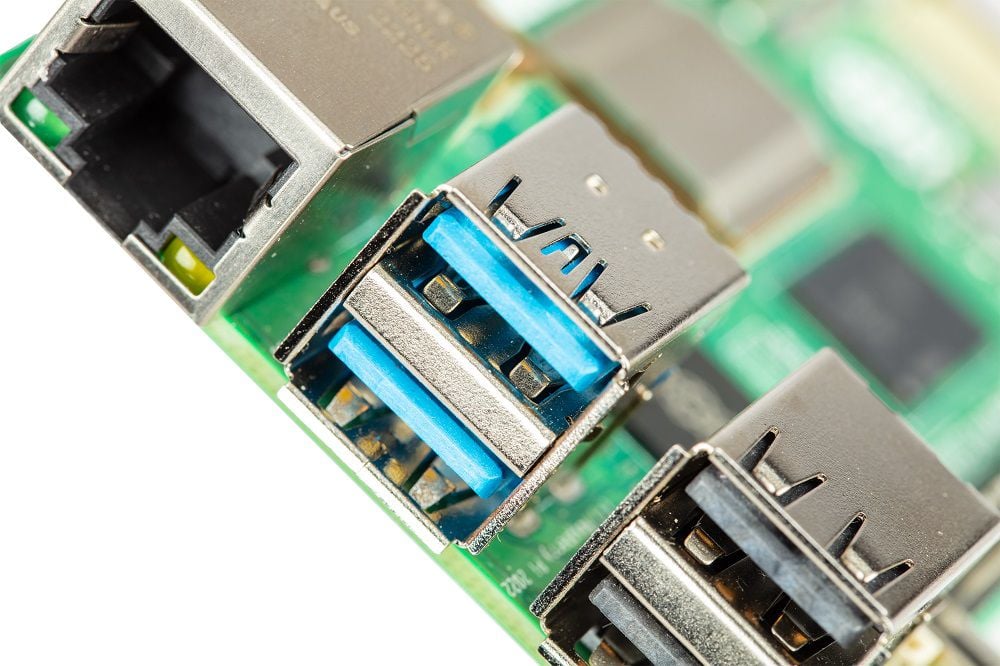
Similar to Raspberry Pi 4 Model B, the Raspberry Pi 5 comes with two USB 3.0, which is much faster than USB 2.0. Perfect for any fast device connection like external SSD or flash drives. Two USB 2.0 are also included for you to use with simple peripherals like keyboards and mice. with the RP1 IO Controller (The silicon designed in-house by Raspberry Pi), there is a "southbridge" on Raspberry Pi 5. The RP1 has two USB 3 controllers which are dedicated to taking 1 x USB3.0 port and another USB2.0 port respectively. The USB 3.0 port on Raspberry Pi 5 supports 5Gbps data transfer simultaneously! You can now use TWO fast USB drives or SSDs, and have them operate at a high speed, on both USB 3.0 ports simultaneously!
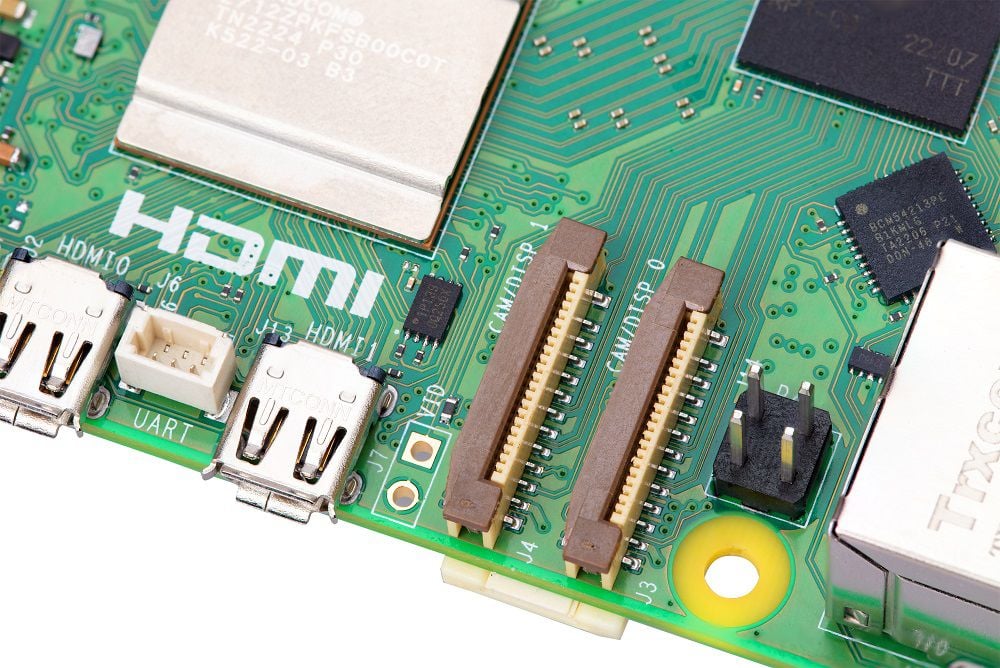
The new 2 x 4 lane MIPI port, supports both DSI (Display) and CSI (Camera) at the time, at either port. On Raspberry Pi 5, you could have 2 cameras, or 2 DSI displays at the same time, with better performance! However, you will need an adapter FPC/FFC for the camera and display, the FFC that comes with most of the camera module or display cannot fit into the new compact 22-way CSI/DSI socket. Not to worry, we are launching those FPC/FFC cables soon.
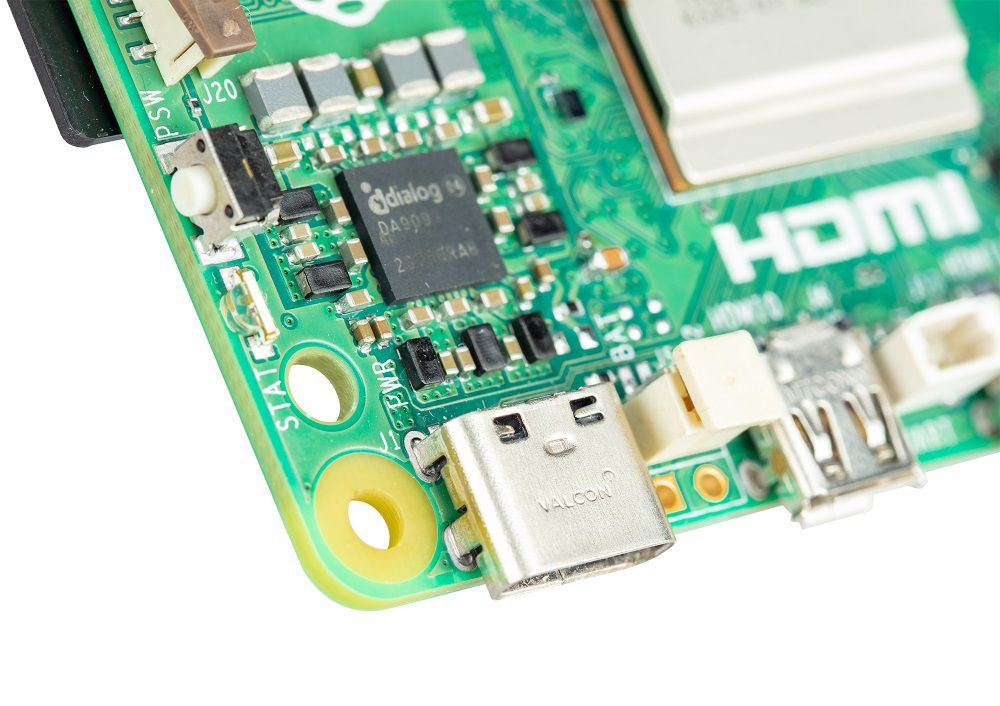
Raspberry Pi 5 can support up to 5V at 5A power supply through the USB Type C connection, with a special PD (Power Delivery) PSU. If you are planning to use the Raspberry Pi 5 for a high-power project, you may consider getting the official 27W USB-C PD PSU from Raspberry Pi for this new computer :) The new PD PSU can deliver 5V@5A and also support standard PD modes of 5V@3A, 9V@3A, 12V@2.25A, and 15V@1.8A. On the other hand, Raspberry Pi 5 can still be powered up with PSU for Raspberry Pi 4 Model B, or the normal USB-C PSU. With a normal USB-C PD or non-PD PSU, the Raspberry Pi 5 can only provide up to 600mA to each USB 3.0 port because the Raspberry Pi 5 will auto-detect the PSU as standard and limit the current supply accordingly. If the Raspberry Pi 5 is powered with the official 27W PD PSU, it will enable higher power to USB 3.0, up to 1.6A.
This is a long-awaited feature by the users :) The Raspberry Pi 5 now comes with an on-board Power Button! You can safely turn on and off your Raspberry Pi 5 with a press of a button, without touching the power supply plug, just like a normal laptop or PC.
The Raspberry Pi 5 has a custom-designed Power Management IC (PMIC). Besides supporting higher power management, it also comes with a built-in RTC (Real Time Clock). To utilize the RTC, it needs to be powered with an external battery. Raspberry Pi 5 comes with a dedicated battery port. With the battery, the RTC will keep the clock counting when the Raspberry Pi 5 is turned off and even power off, thus keeping all your time-related projects stable and reliable.
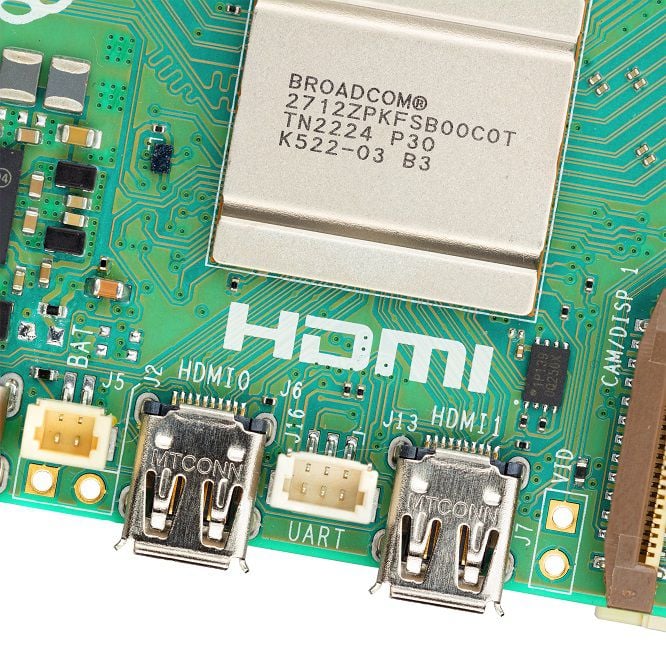
You are also provided with a built-in dedicated UART port. You could use this for any UART communication device that you need. This UART port also supports debug mode. The UART debug mode is always enabled by default so you don't need to worry about needing to enable it in the terminal under the configuration file. This UART port has its dedicated pin and is independent of the UART pins on the 40-pin GPIO. The port is compatible with the Raspberry Pi Debug Probe.
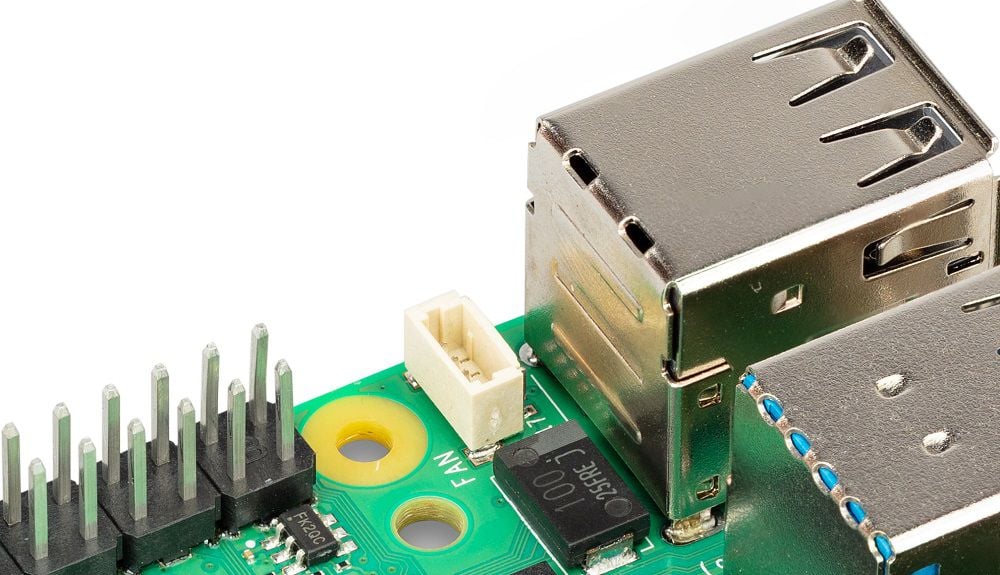
Is simple Physics, higher power will generate more heat. The same applied to the Raspberry Pi 5, good thermal management is needed. To ease the installation of a cooling fan, Raspberry Pi 5 comes with a dedicated Fan connector. The fan port will provide power, PWM control, and Tachometer feedback from the cooling fan. It is plug-and-play with the Official Raspberry Pi 5 Case and Active Cooler. Just use the latest Raspberry Pi OS (Bookworm) and the fan is automatically triggered with speed control to cool the board down. The fan control and feedback pins are dedicated and independent from the 40-pin GPIO. This allows users to still utilize the 40-pin GPIO even when there is a cooling fan installed.
There are already two official fans/coolers that are designed for this port. Get the Official Raspberry Pi 5 Case that has a built-in fan or the official heatsink and Active cooler to keep your Raspberry Pi 5 cool :)
Extended 1 x PCIe Gen 2 Port

A 16-pin 0.5mm FFC connector replaces the DSI port on Raspberry Pi 5, extending the single-lane PICe Gen 2 bus. It supports high-speed devices such as NVMe SSD, Network Card, or Graphic card. There will be an M.2 (M-Key) HAT from Raspberry Pi soon.
Check out what Jeff Geerling has to say about the PCIe socket on Raspberry Pi 5:

Can I use Raspberry Pi 4 Model B Accessories?
But wait, what if you already have Raspberry Pi 4 Model B and all of the PSU, casing, and accessories? Can you use that for Raspberry Pi 5?
Don’t worry, Raspberry Pi 5 is almost the same as the Raspberry Pi 4 Model B that you are familiar with. Of course with upgrades, there are changes, for the better!
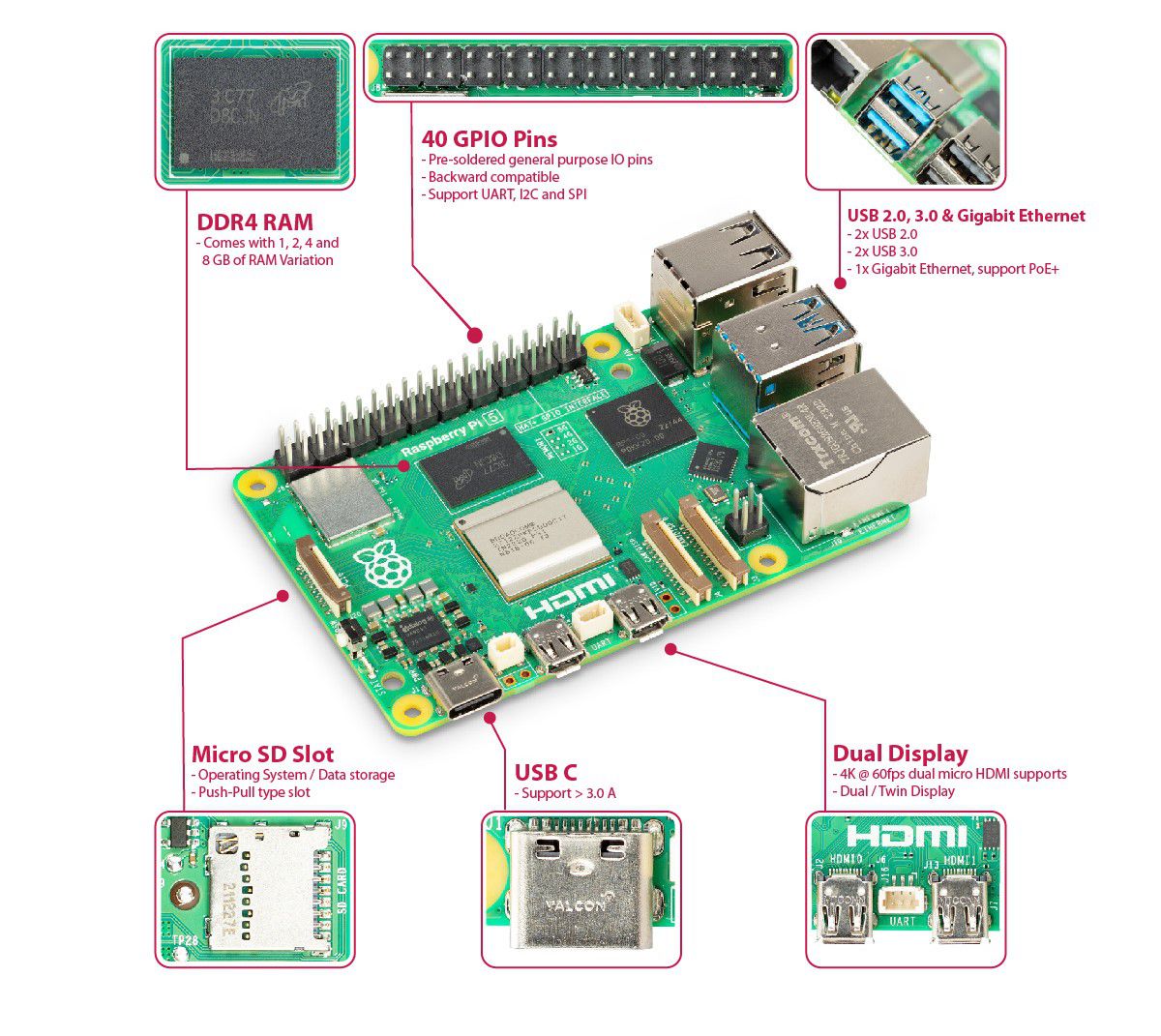
You can still use your previous accessories:
However, as the performance improvement being made on the Raspberry Pi 5, some of the features from Raspberry Pi 4 has been upgraded and are incompatible with the Raspberry Pi 5:
What do I need to get started with Raspberry Pi 5?
1. The Raspberry Pi 5 Mainboard:
2. USB-C Power Supply or Power Adapter:
3. The latest Raspberry Pi OS Bookworm. Raspberry Pi 5 only works with Raspberry Pi OS Bookworm. You can get it from here:
4. micro HDMI to full-size HDMI cables:
5. A good, sleek, and nice enclosure. As Raspberry Pi 5 has a lot of improvement, you will need a new case for it. We recommend you grab this one:
6. Good heat sink with active cooling for heat dissipation or heat management.
7. A step-by-step, colorful guide for you to get started especially for beginners.

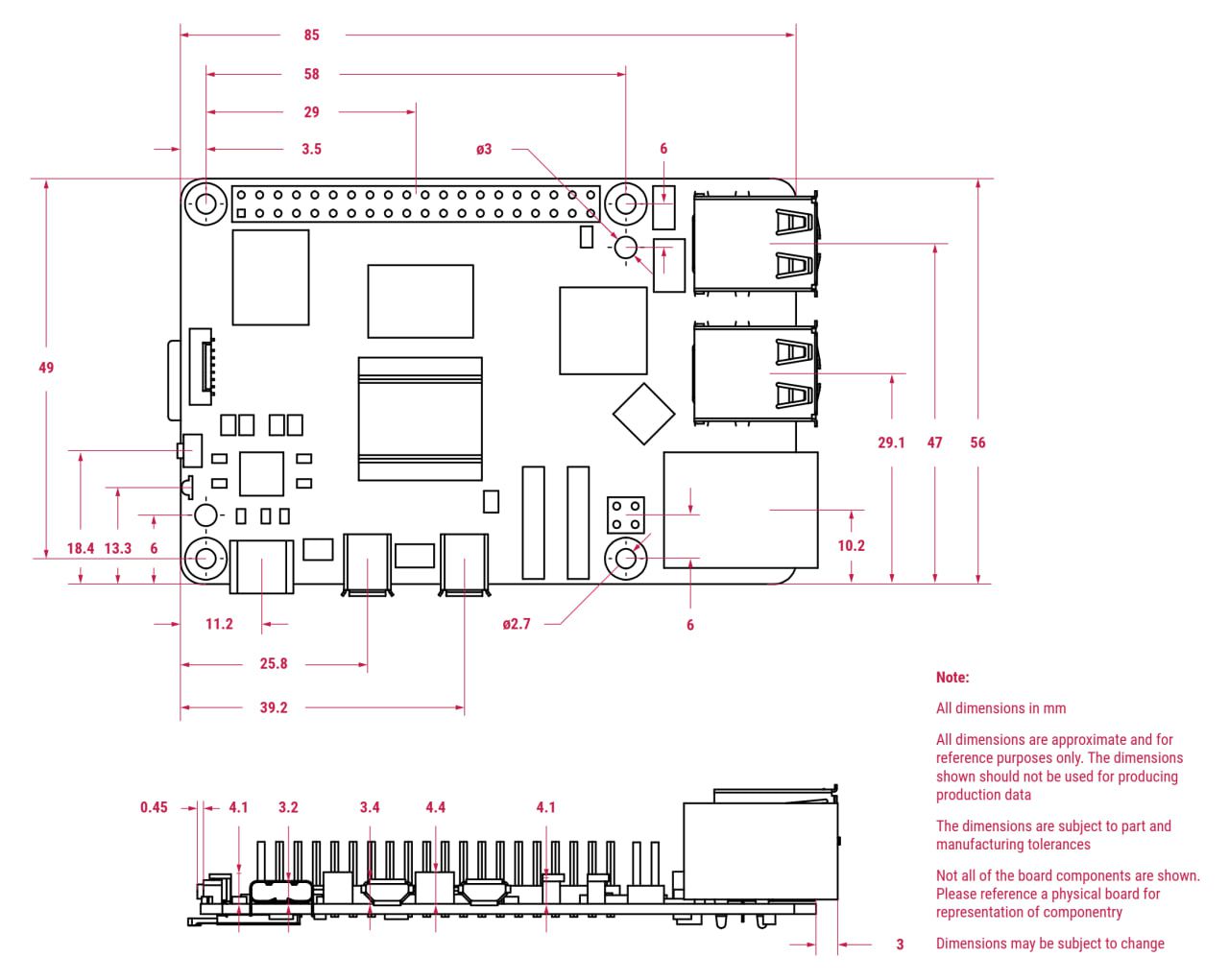

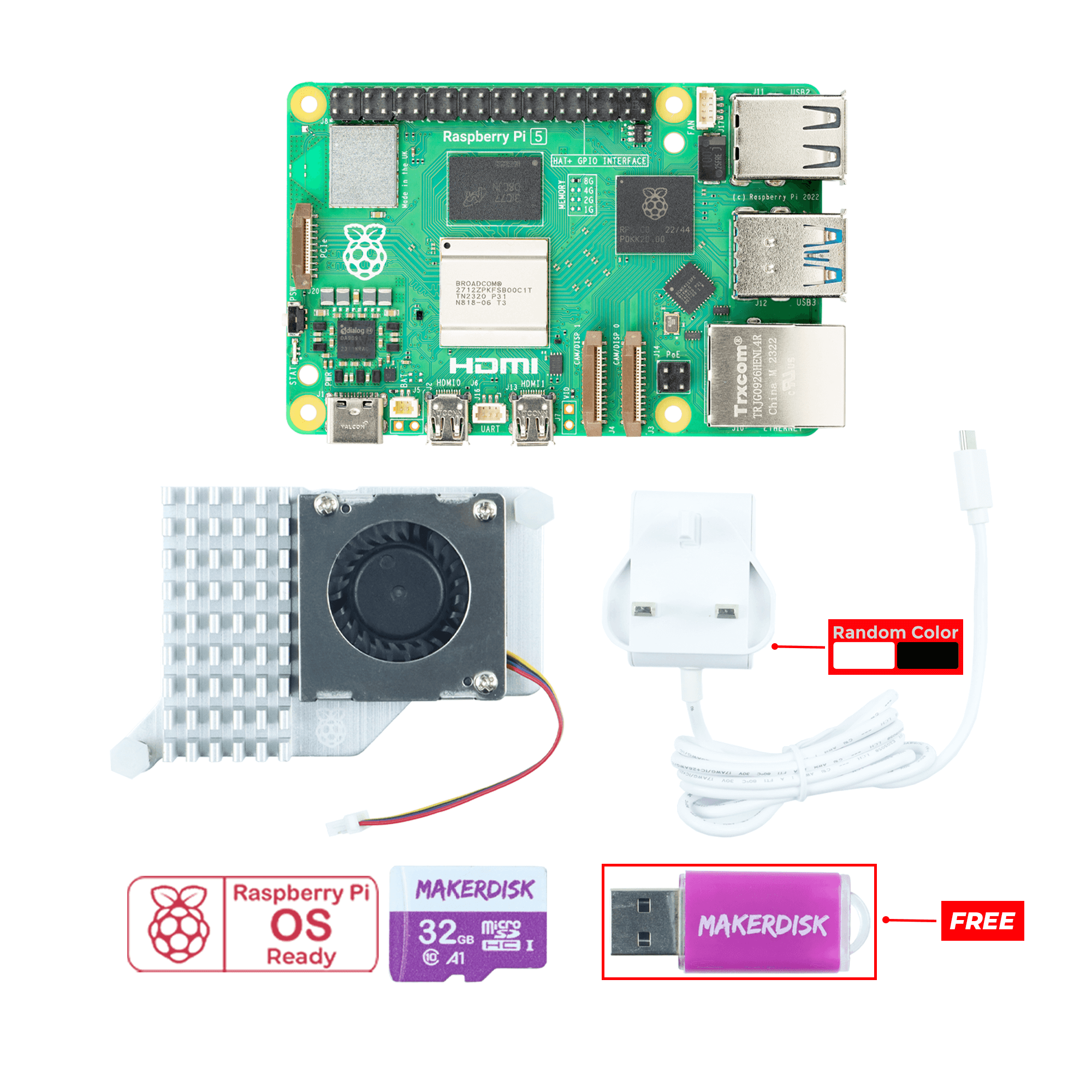
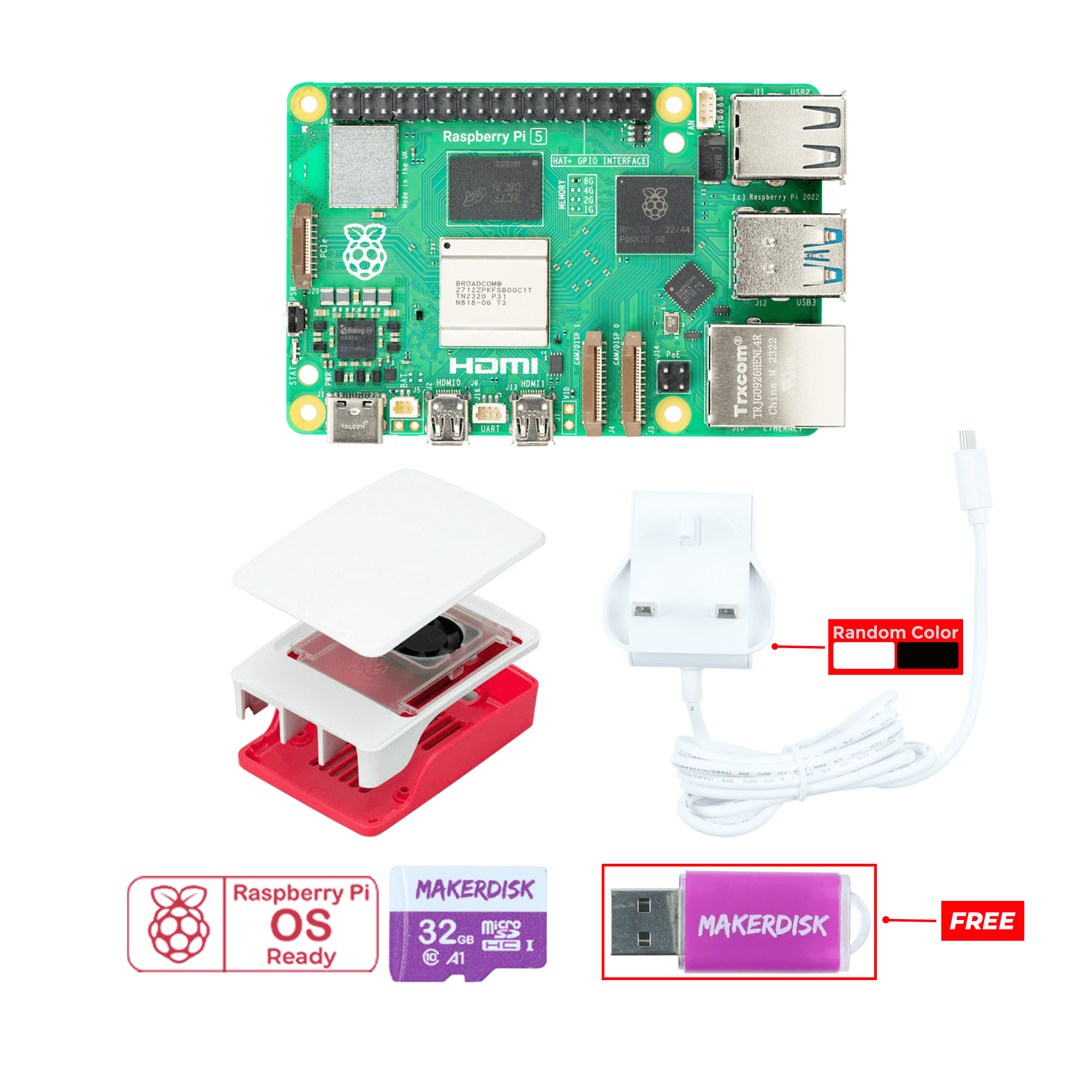
.png )